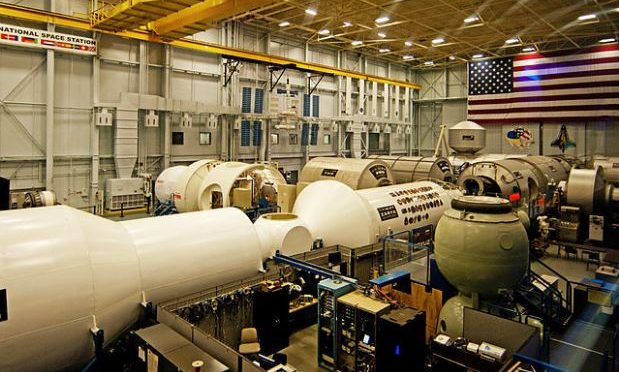NASA is all set to send an ice chest-sized box to the International Space Station to create the coolest spot in the universe.
The suite of instruments developed by NASA’s Jet Propulsion Laboratory (JPL) in Pasadena, California, is set to be sent on a SpaceX cargo delivery to the space station in August, the US space agency said on Monday.
The ice box called the Cold Atom Laboratory (CAL) is in the final stages of assembly at JPL.
“Its instruments are designed to freeze gas atoms to a mere billionth of a degree above absolute zero. That’s more than 100 million times colder than the depths of space,” NASA said in a statement.
“Studying these hyper-cold atoms could reshape our understanding of matter and the fundamental nature of gravity,” said CAL Project Scientist Robert Thompson of JPL.
“The experiments we’ll do with the Cold Atom Lab will give us insight into gravity and dark energy—some of the most pervasive forces in the universe,” Thompson said.
When atoms are cooled to extreme temperatures, as they will be inside of CAL, they can form a distinct state of matter known as a Bose-Einstein condensate.
In this state, familiar rules of physics recede and quantum physics begins to take over.
Matter can be observed behaving less like particles and more like waves.
NASA has never before created or observed Bose-Einstein condensates in space. On Earth, the pull of gravity causes atoms to continually settle towards the ground, meaning they are typically only observable for fractions of a second.
But on the International Space Station, ultra-cold atoms can hold their wave-like forms longer while in freefall. That offers scientists a longer window to understand physics at its most basic level.
Thompson estimated that CAL will allow Bose-Einstein condensates to be observable for up to five to 10 seconds and future development of the technologies used on CAL could allow them to last for hundreds of seconds.
Five scientific teams plan to conduct experiments using the Cold Atom Lab.
The results of these experiments could potentially lead to a number of improved technologies, including sensors, quantum computers and atomic clocks used in spacecraft navigation, NASA said.
IANS
Picture source: Alamy Image
Picture used for illustrative purposes alone
